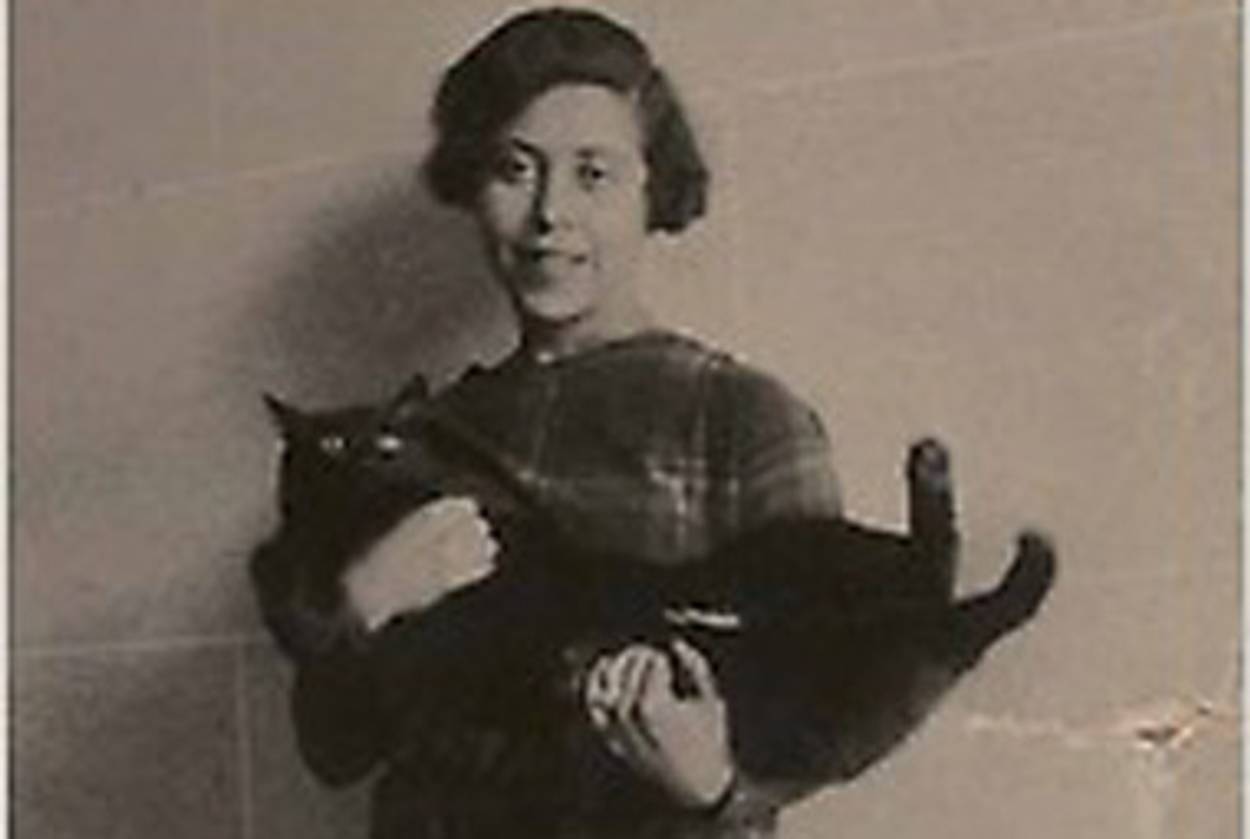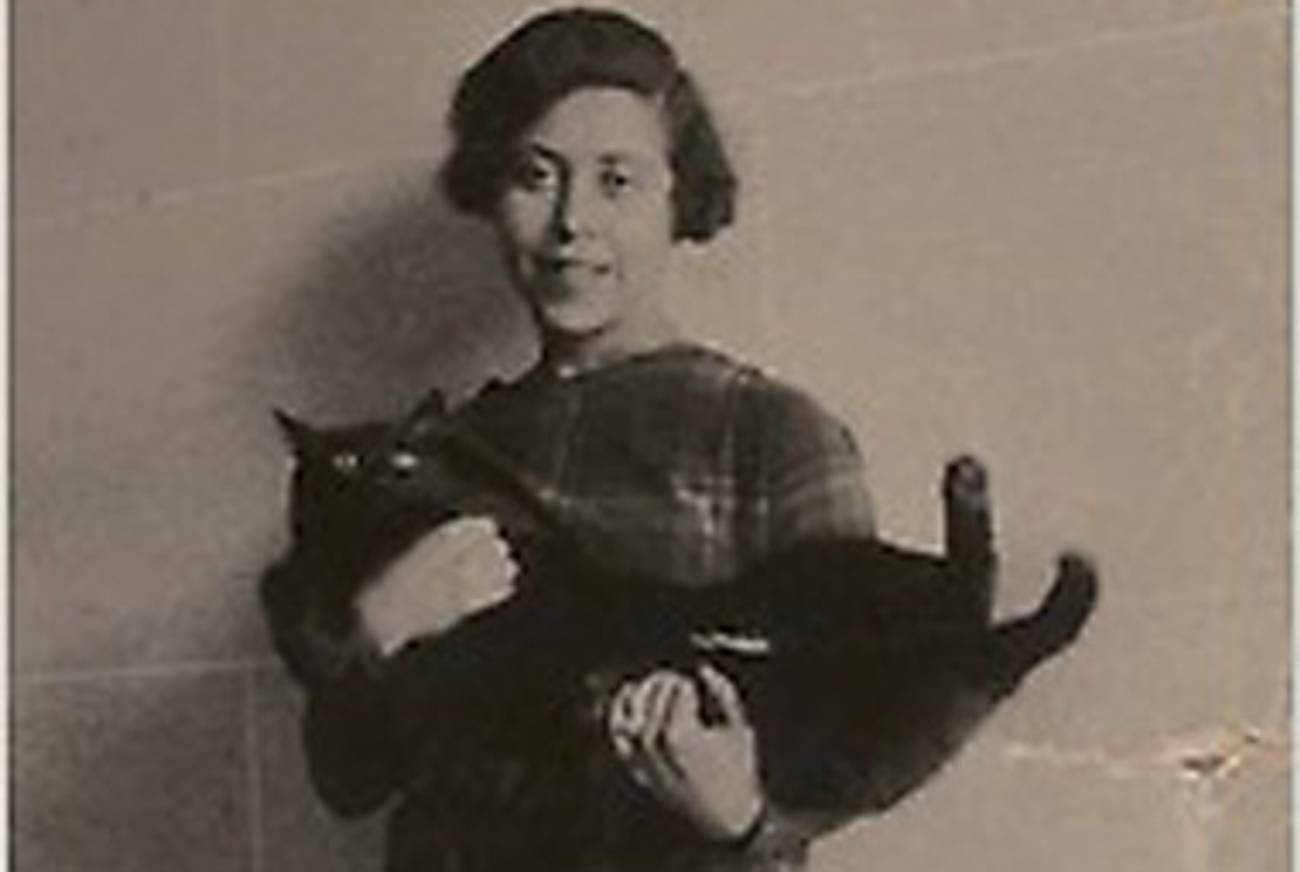Was Irène Némirovsky an Anti-Semite?
New bio defends ‘Suite Française’ author




Irène Némirovsky was shipped off to Auschwitz before she could complete her magnum opus, Suite Française. But the Ukrainian-French-Jewish novelist has remained in the news, thanks to the blockbuster reception that book received when it was first published in English a few years ago, and thanks also to controversy surrounding her attitudes toward her own people.
In a 2006 essay for Nextbook.org (Tablet Magazine’s precursor), novelist Paul La Farge marshaled the evidence that this woman who was murdered for being a Jew was perhaps something of an anti-Semite. During her life, her institutional supporters and personal admirers were invariably right-wing. A previous biography detailed her apparent distaste for poor, unassimilated Jewry. Suite Française is “curiously apolitical” for a novel about the occupation of France. And an early novel, David Golder,
abounds in caricatures that it would not be unfair to call anti-Semitic: Golder’s associate Simon has the “heavy, drowsy eyes of an Oriental” and teeth “paved with gold, [which] sparkled strangely in the shadows.” Simon’s wife has a “thin face with a large hard nose in the shape of a beak … her round bright eyes shone intensely beneath pale eyebrows, placed in a strange way, unevenly, very high up.” And so on.
But the French authors of a new biography flat-out reject the line that Némirovsky was an anti-Semite. Instead, reports the New York Times, they trace her apparent distaste for her co-religionists to her acute loathing of her (eminently loathe-able) mother.
That seems fair enough. Less fair is the Times‘s comparison of David Golder to another “book that also earned its author the label of a ‘self-hating Jew’”: Philip Roth’s 1959 Goodbye, Columbus. I haven’t read David Golder, but this seems tenuous: Roth’s lovely story collection has a Yiddish proverb as its epigraph and depicts postwar American Jews’ self-constructed shtetls with as much affection as unease; meanwhile, David Golder reportedly features “a greedy and crude Jewish banker with a long hooked nose and a grasping wife.”
For her part, Némirovsky denied being an anti-Semite. Describing David Golder in 1935—merely six years after it was published, but an epoch away—she said, “It is absolutely certain that had there been Hitler, I would have greatly softened David Golder, and I would not have written it in the same way. And yet,” she added, “I would have been wrong, it would have been a weakness unworthy of a real writer!”
Assessing Jewish Identity of Author Killed by Nazis [NYT]
Related: Behind the Legend [Nextbook.org]
Marc Tracy is a staff writer at The New Republic, and was previously a staff writer at Tablet. He tweets @marcatracy.